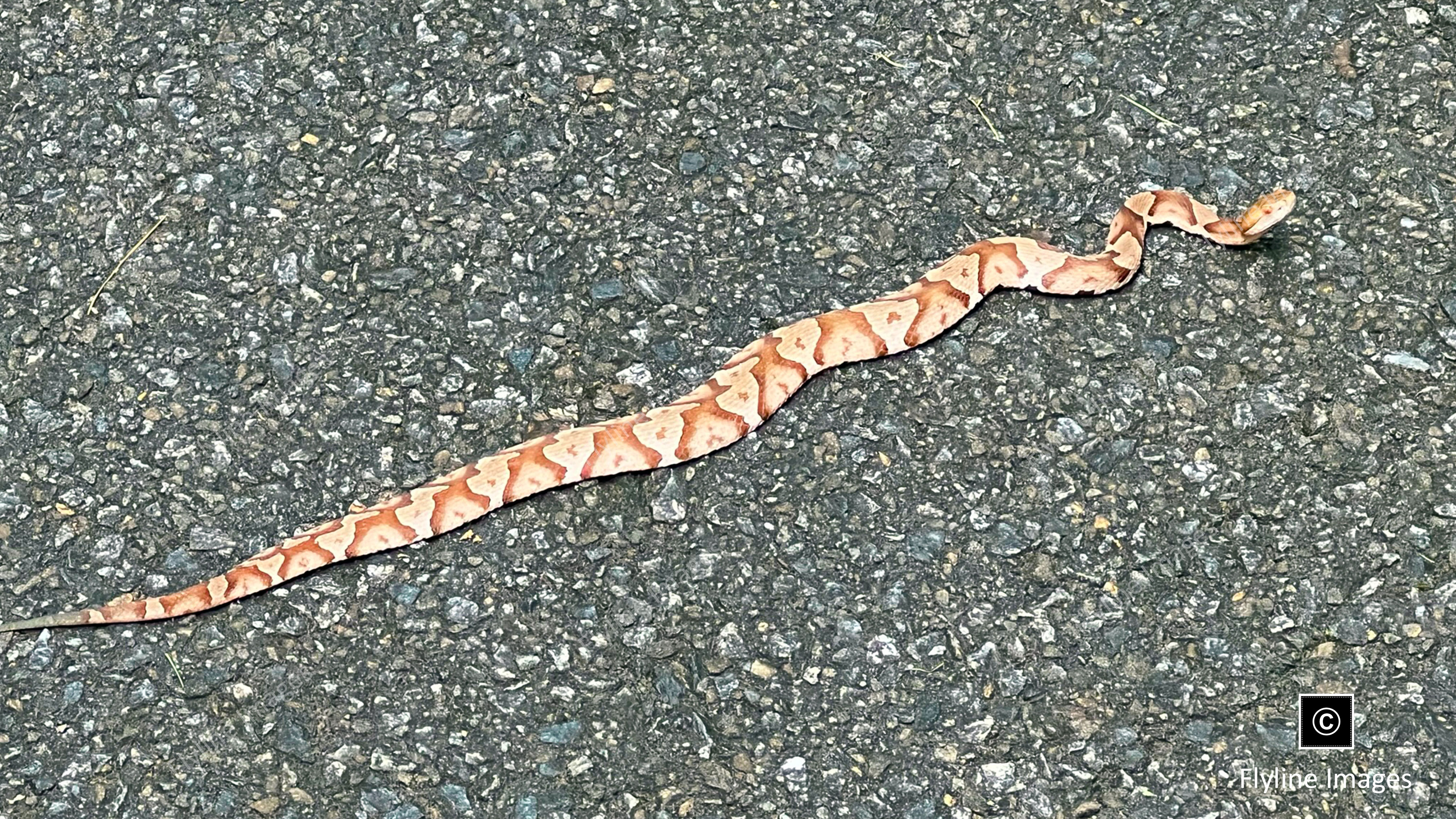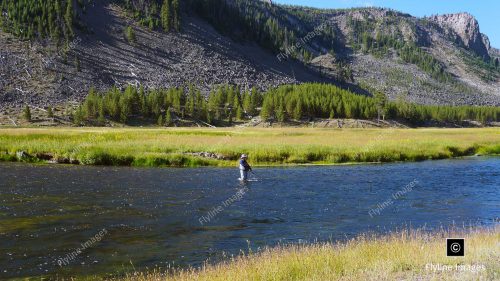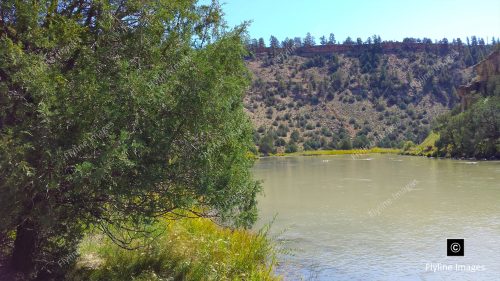Copperhead snakes, known scientifically as Agkistrodon contortrix, are a common sight in the North Georgia mountains. These snakes are highly adaptable, thriving in various habitats such as forests, rocky areas, and even suburban locations. Their prevalence in these mountainous regions is largely due to the abundant cover and food sources available in the varied landscape.
Copperhead Snake 8175 P
$10.00
Description
Copperhead snakes, known scientifically as Agkistrodon contortrix, are a common sight in the North Georgia mountains. These snakes are highly adaptable, thriving in various habitats such as forests, rocky areas, and even suburban locations. Their prevalence in these mountainous regions is largely due to the abundant cover and food sources available in the varied landscape.
Image & Download Information
When you purchase this photo, you will be granted access to download the image.
MORE ABOUT THIS PHOTO
Copperhead snakes, known scientifically as Agkistrodon contortrix, are a common sight in the North Georgia mountains. These snakes are highly adaptable, thriving in various habitats such as forests, rocky areas, and even suburban locations. Their prevalence in these mountainous regions is largely due to the abundant cover and food sources available in the varied landscape. Copperhead snakes are usually coppery-brown with hourglass-shaped patterns on their backs, which provide excellent camouflage among the leaves and soil, making them difficult to spot. While their venom is relatively mild compared to other venomous snakes, it’s important to exercise caution and maintain a respectful distance to avoid unwanted encounters. Being ectothermic, they are more active during the warmer months, which aligns with the peak hiking and outdoor activity season, leading to more frequent sightings and interactions.
Copperhead snakes play a vital role in the ecosystem as both predator and prey. Their diet primarily consists of small rodents, such as mice, voles, and chipmunks, which helps to control their populations. They are also preyed upon by larger animals like birds of prey and other snake species. Despite their venomous nature, copperheads are shy creatures and will typically only strike if they feel threatened or cornered. In fact, they would much rather flee from humans than engage in a confrontation.
It’s important to note that while copperhead snakes can deliver a painful bite, it is rarely life-threatening for healthy adults. However, children and pets may be more sensitive to their venom, and medical attention should be sought immediately if bitten. In most cases, a bite from a copperhead can be treated with antivenom and pain medication.
If you encounter a copperhead snake while hiking or spending time outdoors, the best course of action is to calmly move away and give the snake plenty of space. Remember that they are an important part of the ecosystem and have just as much right to be there as us. Educating oneself on how to identify different types of snakes and their behaviors can also help prevent unnecessary fear or accidents. Additionally, keeping your yard clean and free of debris can reduce potential hiding spots for these creatures.
Copperhead snakes may have a reputation for being dangerous, but they play a crucial role in maintaining balance and harmony in the North Georgia mountains. By understanding and respecting their presence, we can coexist with these fascinating creatures without causing harm to ourselves or them. So next time you come across a copperhead snake, take a moment to appreciate its beauty and importance in nature.






